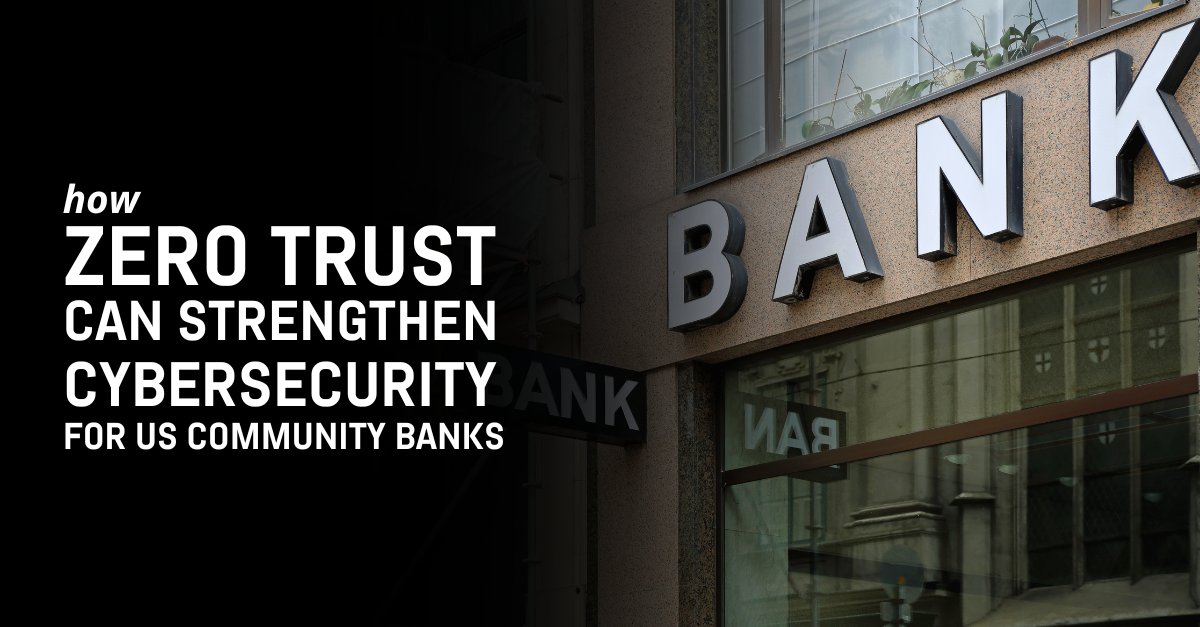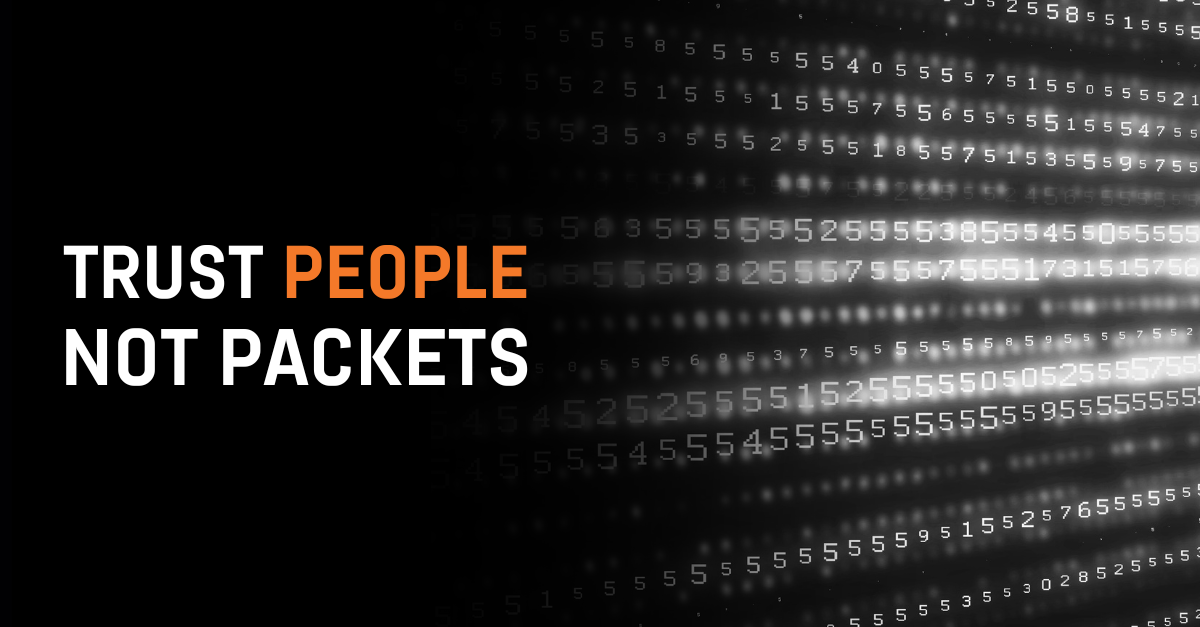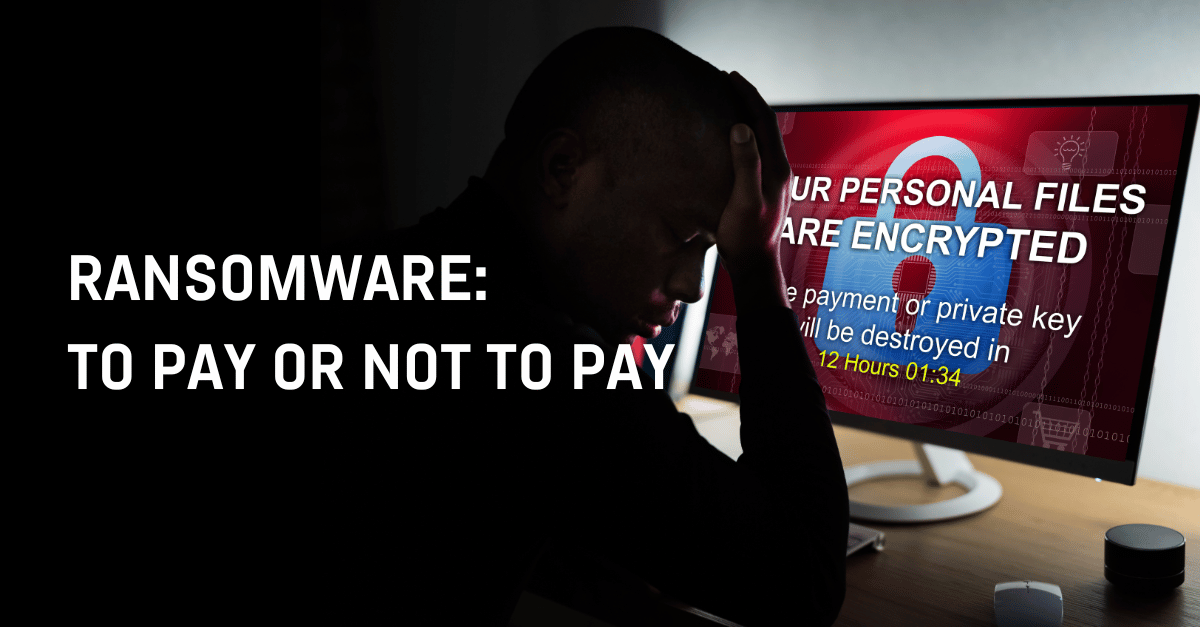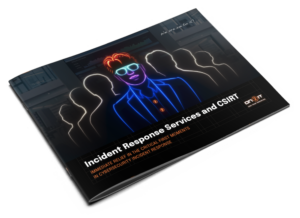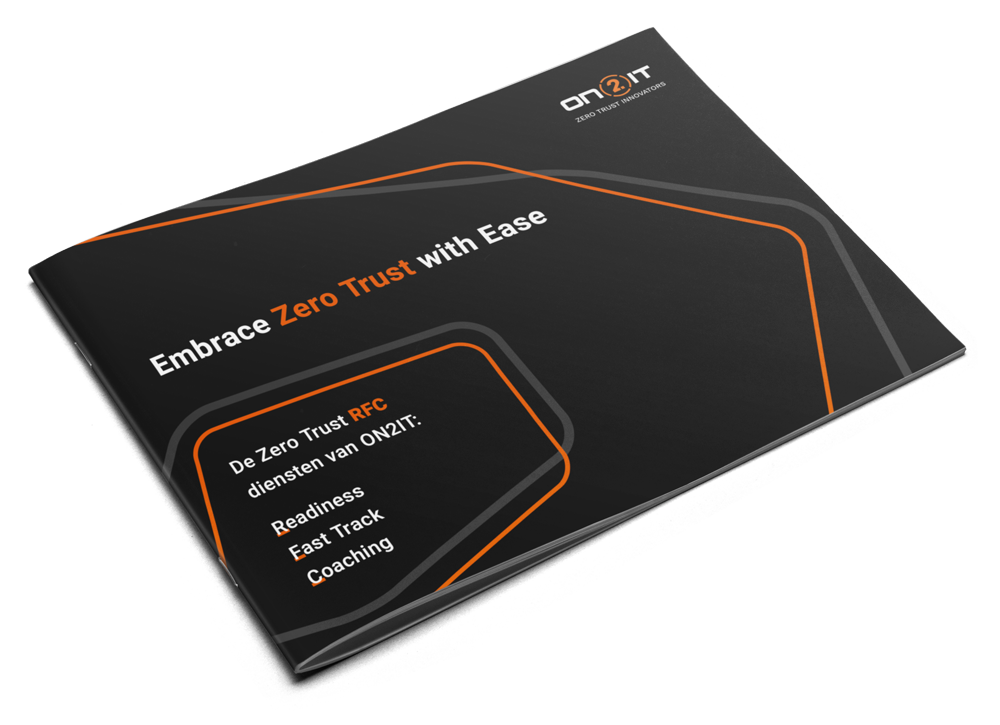How Zero Trust can strengthen cybersecurity for U.S. community banks
Community banks play a vital role in local economies, yet they face increasing cybersecurity challenges. Unlike larger financial institutions, they often struggle with limited resources, outdated technology, and complex regulations.

